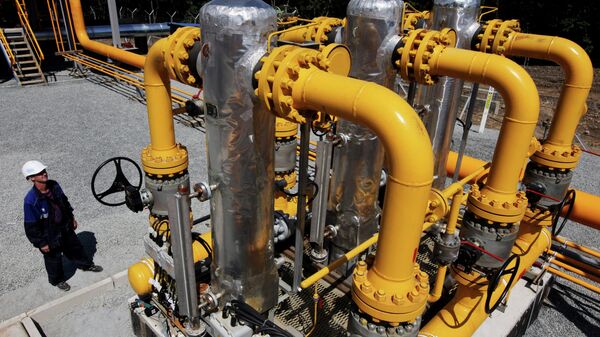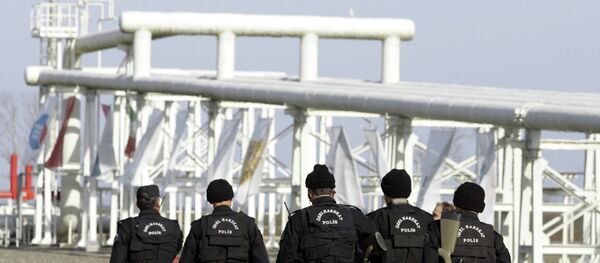The analyst, who heads the International Association for Energy Economics (IAEE), maintained that everyone, including Turkey, Russia and Europe, will benefit from the initiative unveiled in late 2014, but put on hold a year later.
"Turkish Stream is very important for Europe. Although Germany and Russia have reached an agreement on the Nord Stream 2, some in the European Union are strongly opposed to the project," he said, adding that the European Commission wouldn't back it at the moment.
At the same, Europeans need Russian gas and the Turkish Stream pipeline, he noted. The bilateral project has become particularly relevant since Moscow is contemplating minimizing the amount of gas delivered to Europe through Ukraine, an unreliable energy partner.
"Much depends on the strategic decision that Gazprom will make, but I think that the Russian leadership's main goal is to limit gas exports that are delivered through Ukraine to a minimum," Hasan Selim Ozertem, an expert on energy security told Sputnik.
Russia wants to "create infrastructure that will deliver approximately 15-16 billion cubic meters of gas directly to Turkey" bypassing transit countries, he added.
Meanwhile, the United States has started exporting liquefied natural gas (LNG) to Europe. Two shipments have been completed so far. The first delivery took place in April, while the second one was completed last month.
The analyst also said that the Turkish Stream will not compete with the TANAP initiative. The Trans-Anatolian Natural Gas Pipeline that will stretch from Azerbaijan through Georgia and Turkey to Europe is expected to be completed in 2018. Both projects, Kumbaroglu said, will "complement each other."
The analyst also mentioned that security risks linked to the Turkish Stream initiative are minimal.
"The pipeline will run across the Black Sea to the Turkish village of Kıyıköy. It will then reach the Greek border. The pipeline will be located in the safest regions in Turkey. Pipelines that pass through Iran or Iraq, for instance, are significantly more prone to risks considering regional instability," he said. "In the Turkish Stream's case this issue I think is out of the question."
The Turkish Stream is set to have an annual capacity of 32 billion cubic meters of gas. Around 14 billion cubic meters of gas will be supplied to Turkey, with the rest being pumped to a hub on the Turkish-Greek border for customers in Europe.




